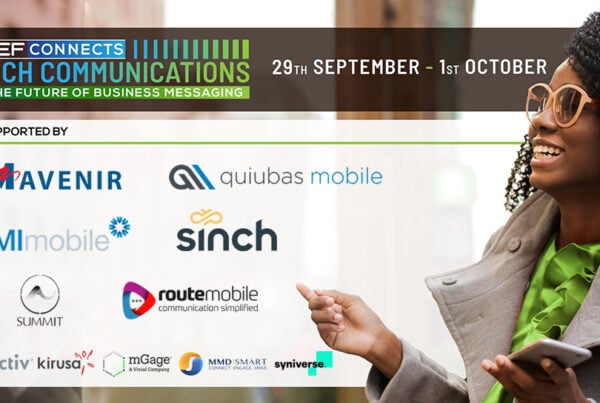MEF’s recently published mHealth and Wearables Report 2015 which revealed the usage trends and attitudes of 15,000 mobile consumers in 15 countries indicated that the adoption of health and fitness apps globally has grown year on year by more than a third, from 11 to 15 per cent. Similarly, the use of medical apps has grown by a fifth from 8 to 10 per cent. This is a trend that is set to push forward driven by two related factors:
- The growth in wearable devices and their close association with direct consumer health benefits like regular exercise and diet.
- The growth in the deployment of mobile in the medical health sector as a tool that helps doctors and patients throughout the diagnosis and treatment phases of many illnesses.
Perhaps point two is of greatest interest since it strikes at the heart of the uniqueness of mobile as the most widely distributed platform for patient engagement. This is of particular significance to growth/mobile first economies where mobile is the primary digital touch-point.
Below we’ve assembled 16 stats that pinpoint the trends behind this growth. A mixture of intelligence from MEF’s report and selected other reports and analyst predictions.
The user perspective…
 1) Globally 44 per cent of mobile users have seen a medical professional using a mobile device during treatment or diagnosis. MEF mHealth and Wearables Report 2015
1) Globally 44 per cent of mobile users have seen a medical professional using a mobile device during treatment or diagnosis. MEF mHealth and Wearables Report 2015
2) South Africans are keenest on health and fitness apps (22% vs the global average of 15%), while mobile users in Nigeria are the most likely to use medical apps (usage has more than doubled in a year from 7-17%). MEF mHealth and Wearables Report 2015
3) 80 per cent of global smartphone users in survey indicated interest in using their smartphones to interact with health care providers. FICO
4) Over half of tablet users over the age of 55 use tablets for health purposes. Manhattan Research
5) 63 per cent of Americans with gastrointestinal problems use nutritional tracking mobile apps Makovsky Health
6) Among obese or overweight consumers, 61 per cent would make use of a mobile app to communicate with a doctor Makovsky Health

7) In Qatar and Saudi Arabia more than half of consumers have seen mHealth in action by medical professionals and in the UAE it’s almost two-thirds. MEF mHealth and Wearables Report 2015
Health professionals are seeing the benefits too:
mHealth and wearable devices represent a significant opportunity for growth and collaboration across sectors of the mobile ecosystem. New technologies and innovative apps are improving consumers’ lives; facilitating fitness and wellbeing whilst providing greater access to essential & state-of-the-art healthcare.
Rimma Perelmuter, CEO at Mobile Ecosystem Forum
8) 50 per cent of doctors surveyed use mHealth technology everyday Deloitte
9) 86 per cent of healthcare professionals believe that health apps will increase their knowledge of patients’ conditions Research Now
10) Three times more US doctors are interested in mHealth solutions with clinical value than those that monitor patients Deloitte
11) 46 per cent of healthcare professionals say that they will introduce mobile apps to their practice in the next five years. Research Now
12). mHealth apps that enable patients to self assess chronic diseases early can save European doctors and paramedic staff 472,000 days per year PwC
13) 72 per cent of healthcare professionals believe that health apps will encourage patients to take more responsibility for their health. Research Now
 For investors mHealth is increasingly attractive…
For investors mHealth is increasingly attractive…
14) The market for mHealth services has now entered the commercialisation phase and will reach $ 26 billion globally by 2017. Research2Guidance
15) Amongst healthcare IT funding, mobile health companies were the largest recipient of VC funding last year totalling $1.2B in 2014 Mercom Capital Group
16) Monitoring services expected to remain the dominant, and fastest growing market segment of mHealth Grandview Research
Whist the emergence of these exciting new sectors deliver many benefits while for businesses and consumers, they also create risks and responsibilities. The information collected by these apps and devices is by its very nature both personal and extremely sensitive, calling for the industry to be vigilant when rolling out services.
Trust is a huge issue for consumers. MEF’s third annual Global Consumer Trust Report, in association with AVG, cited trust in applications and the use of consumer data as the largest single obstacle to growth in the mobile services industry with 40 per cent of respondents indicating that a lack of trust is the number one factor that prevents them from downloading items more often.




